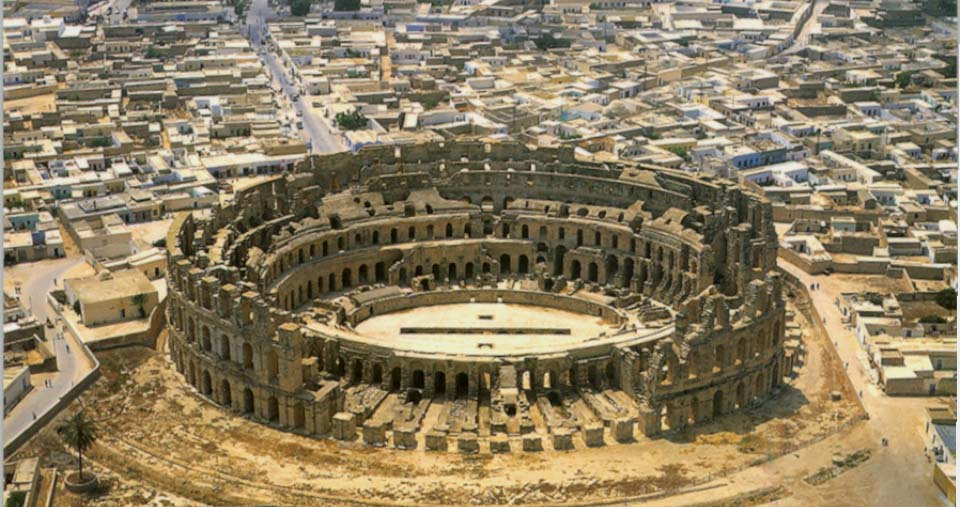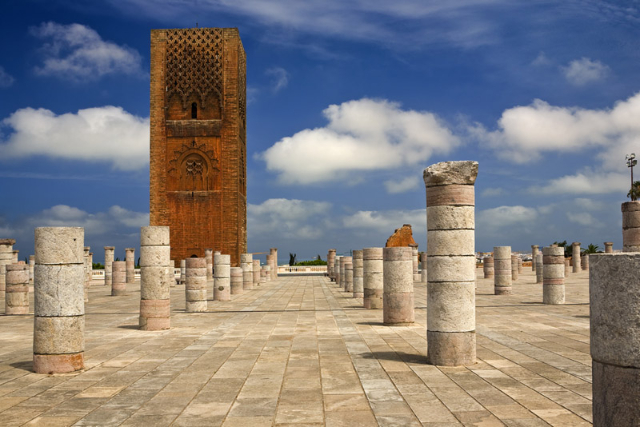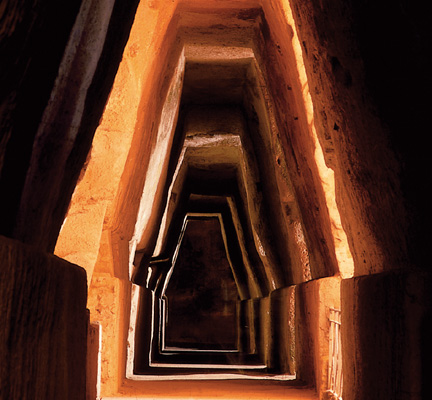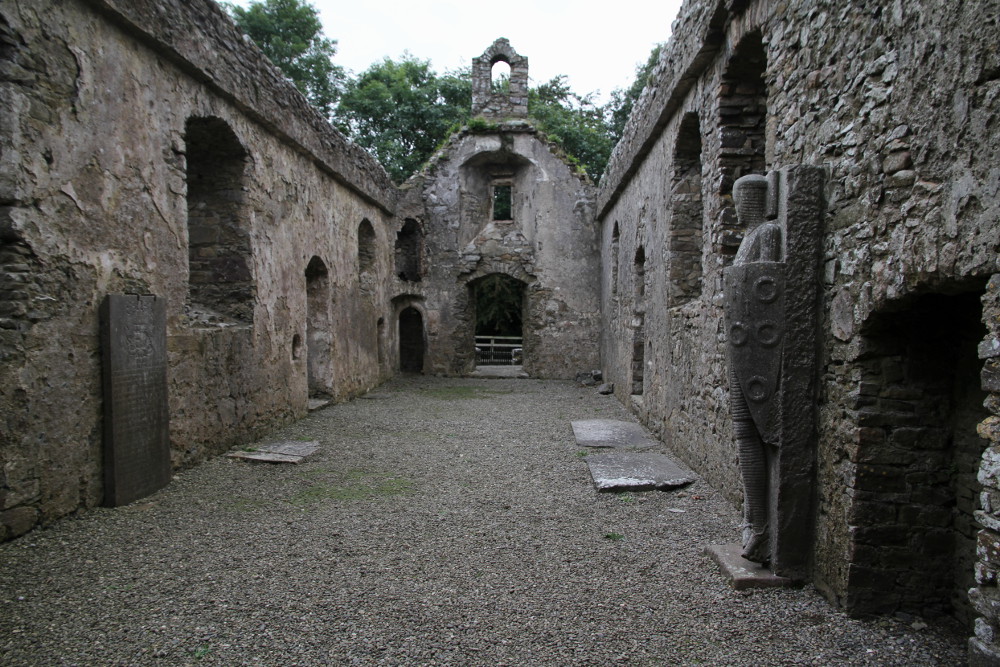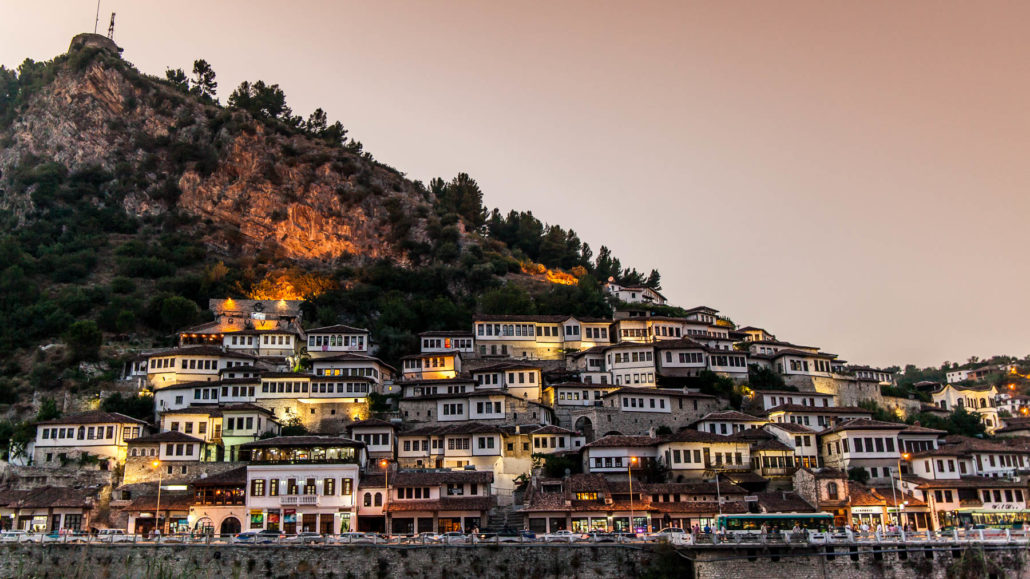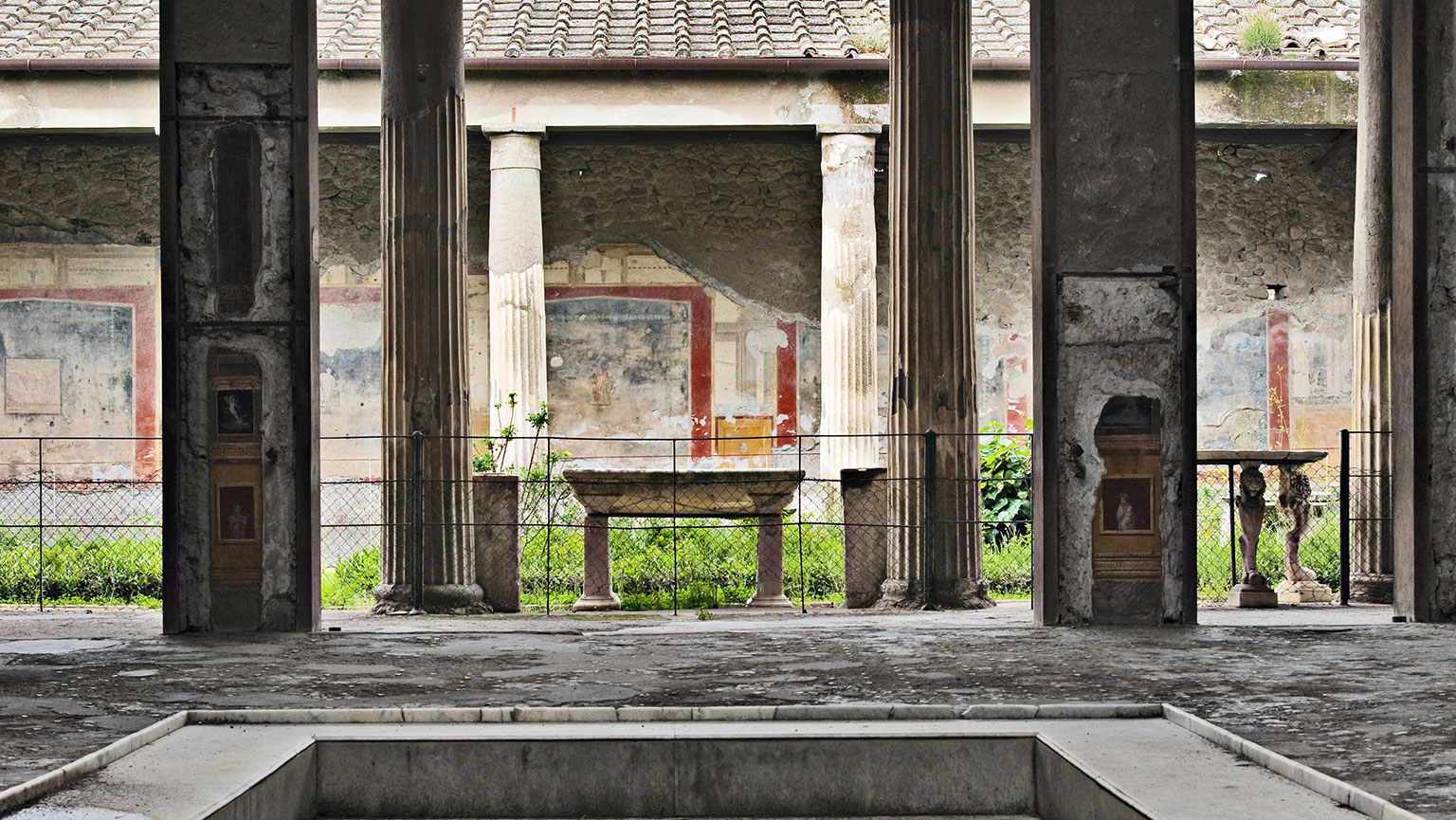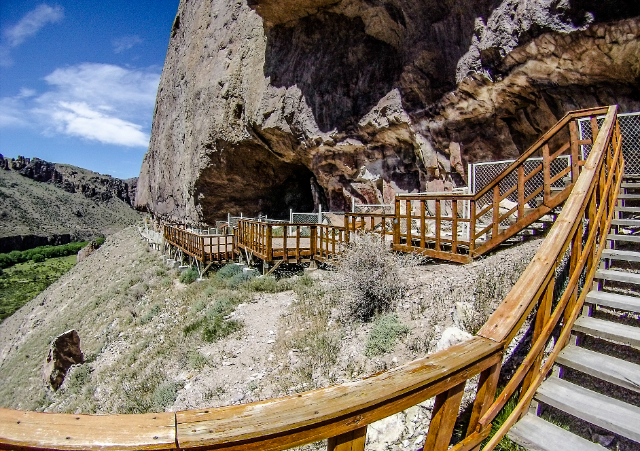Modeled after the Colosseum in Rome, with its Italian brother, it shares the fact that it is the only one in the world to have an intact facade with three levels of galleries. It is 36 months high, can hold up to 30 thousand people and was built at the beginning of the third century by the Romans under the proconsul Gordian I, who was acclaimed Emperor in Thysdrus, around 238.Its characteristic elliptical shape contains an arena of 65 meters, but are arches, underground chambers, stairways and buttresses hinged to make the amphitheater a construction of considerable complexity. Until the seventeenth century El Jem had remained intact, soon after many of its stones were used for the construction of the village of El Djem or as filling of the great mosque of Kairouan and today the ruins are since 1979, World Heritage Site.\In the past, besides hosting shows and events and being used as an arena for gladiators and chariot races, the amphitheater has been a place of refuge during the Ottoman Turkish fights, and currently hosts the annual Festival international de musique symphonique d’El Jem. Inside, the monument has preserved most of the supporting infrastructure for the tiers as well as the wall of the podium, the arena and the underground passages.
